The Definitive Protective Intelligence Reading List

I get asked all the time for reading lists on a range of topics, so here are a few thought provoking books (one of mine included!) on the topic of protective intelligence that I would recommend for your library. I’ve also added a few thoughts as to why I think the books are relevant. What books are on your list?
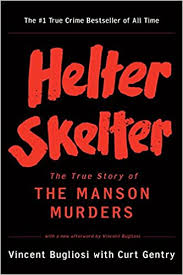
Vincent Bugliosi’s and Curt Gentry’s “Helter Skelter: The True Story of the Manson Murders” (1974, W.W. Norton & Company)
How Manson picked targets and operated in the margins of society sheds light into the mind of violent criminals and stalkers. A long-forgotten fact is that Abigail Folger, the American coffee heiress, was one of the five Manson victims.

An explanation into why and how we developed counter-surveillance and protective intelligence in the 1980’s to protect VIPs, dignitaries and CEO’s. We blended protective security into an art of discreet protection, relying heavily on street observations, raw intelligence, time and distance variables, and BOLO’s.
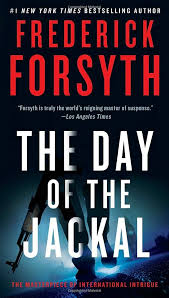
As an agent, Forsyth’s best line hung inside our protection and protective intelligence offices as a vivid reminder of the seriousness of the job, “All big men have bodyguards and security men, but over a period of years without any serious attempt on the life of a big man, the checks become formal, the routines mechanical and the degree of watchfulness is lowered.” These are words for any protective intelligence analyst and officer to remember.
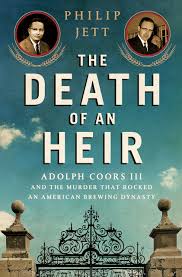
A case study on mindset, tactics and surveillance of a High-Net Worth target. The tick tock of the abduction is spell binding. It is the best book I’ve ever read on how a kidnapper thinks, operates and studies their prey.
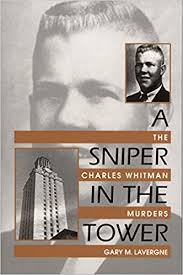
The 1966 shooting from the University of Texas tower was the largest mass murder in America at the time and caused radical shifts in campus protection. There are tremendous lessons learned into red flags and tactics of a mass killer, to include the use of the high-ground and perch for observation and killings.
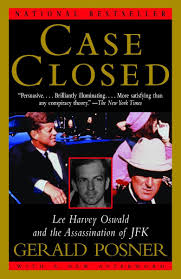
In the U.S. Secret Service Training Academy, our instructional block on the history of assassins was the most interesting classroom portion of the entire training. Seven months before Lee Harvey Oswald shot President Kennedy, he tried to kill Major General Edwin Walker. Conspiracy theories aside, the evidence for Oswald pulling the trigger is convincing. The information known on Oswald before Dealey Plaza is a case study in protective intelligence failure.
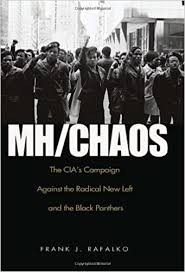
An overview and timeline of corporate, educational and government office targeting, attacks, and bombings carried out by radical extremists. The book puts into context why corporate security and campus police programs were developed and needed. It also sheds light into how intelligence on known threats is collected and evaluated.

The most sophisticated group in targeting and pre-operational surveillance that I’ve ever studied or investigated was The Black September Organization (BSO). Their attack on the 1972 Munich Olympics changed how special event security has been handled forever. I know this first hand from my days running protective intelligence operations at The Olympics in Atlanta and many United Nations General Assemblies. The MOSSAD “Wrath of God” squads that hunted down the BSO operatives responsible for Munich were another vivid lesson in the merging of human intelligence and surveillance.
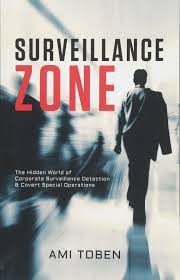
A practical guide for those engaged in the business of surveillance-detection.
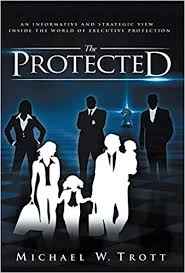
As I said for the book jacket, “A thought-provoking look into the world of protecting VIP’s. Trott has done a wonderful job laying out what you need to think about in putting together a protection team for your family or company. The Protected shines light on the good and bad of the business”, which every protective intelligence analyst needs to grasp.
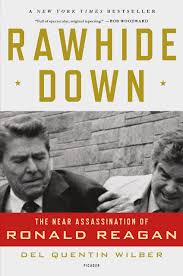
When even the best in the business are foiled with a close look into how a stalker operates. In the course of history, the U.S. Secret Service has adapted better to tragedy than any other protection agency. Some hard lessons learned.
Visit Ontic’s Center for Connected Intelligence for strategies and best practices, insights on current and historical trends, and lessons learned from physical security peers and industry experts.






